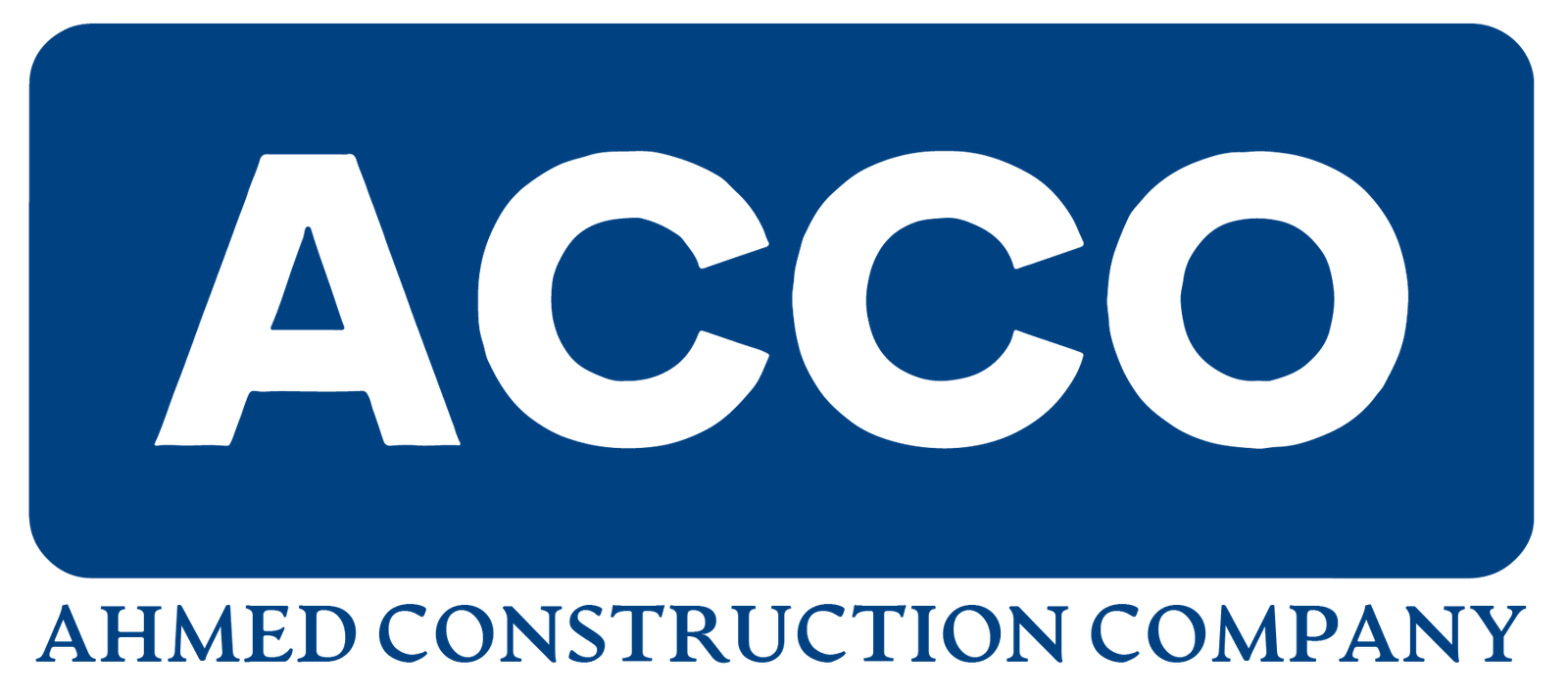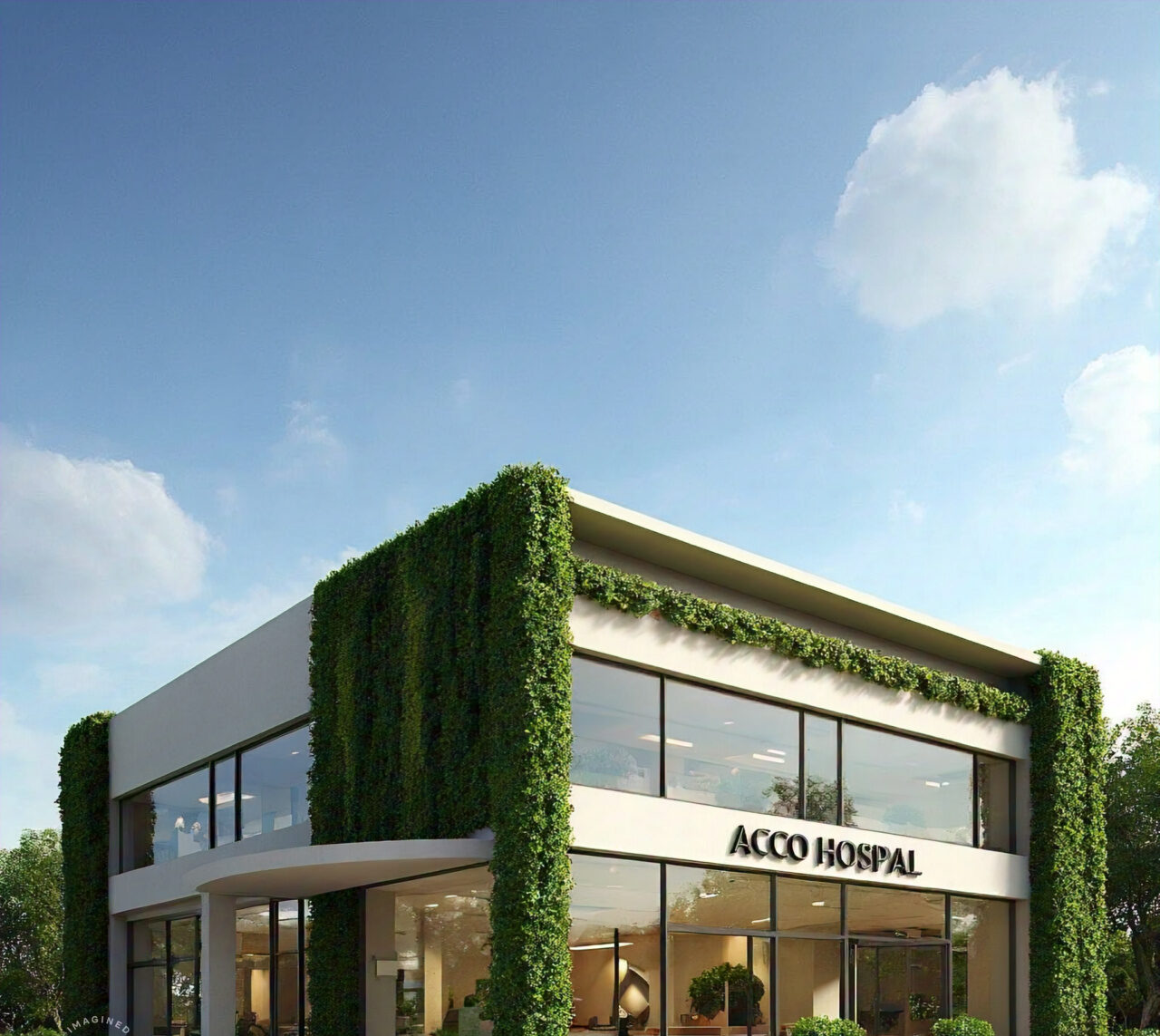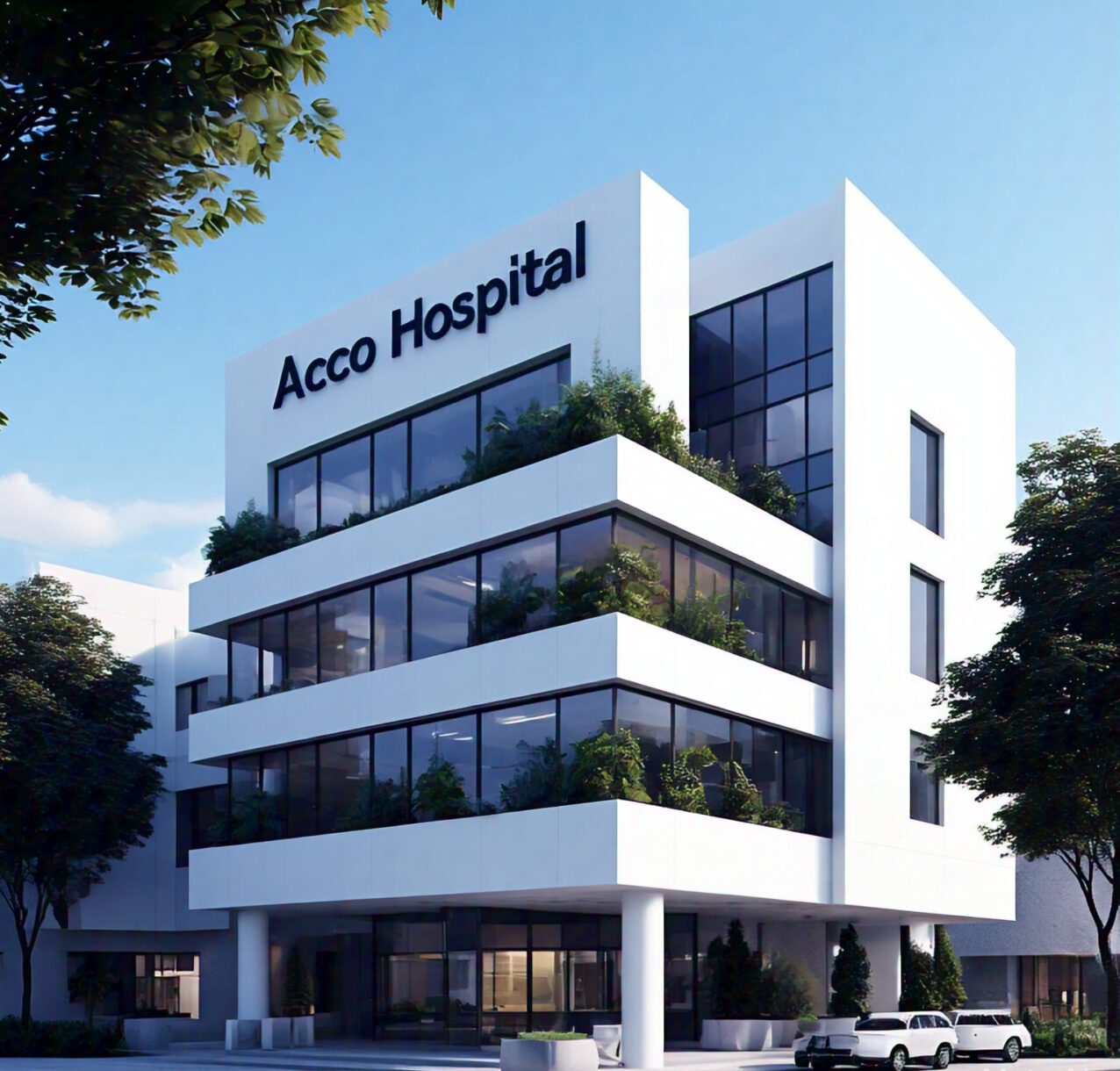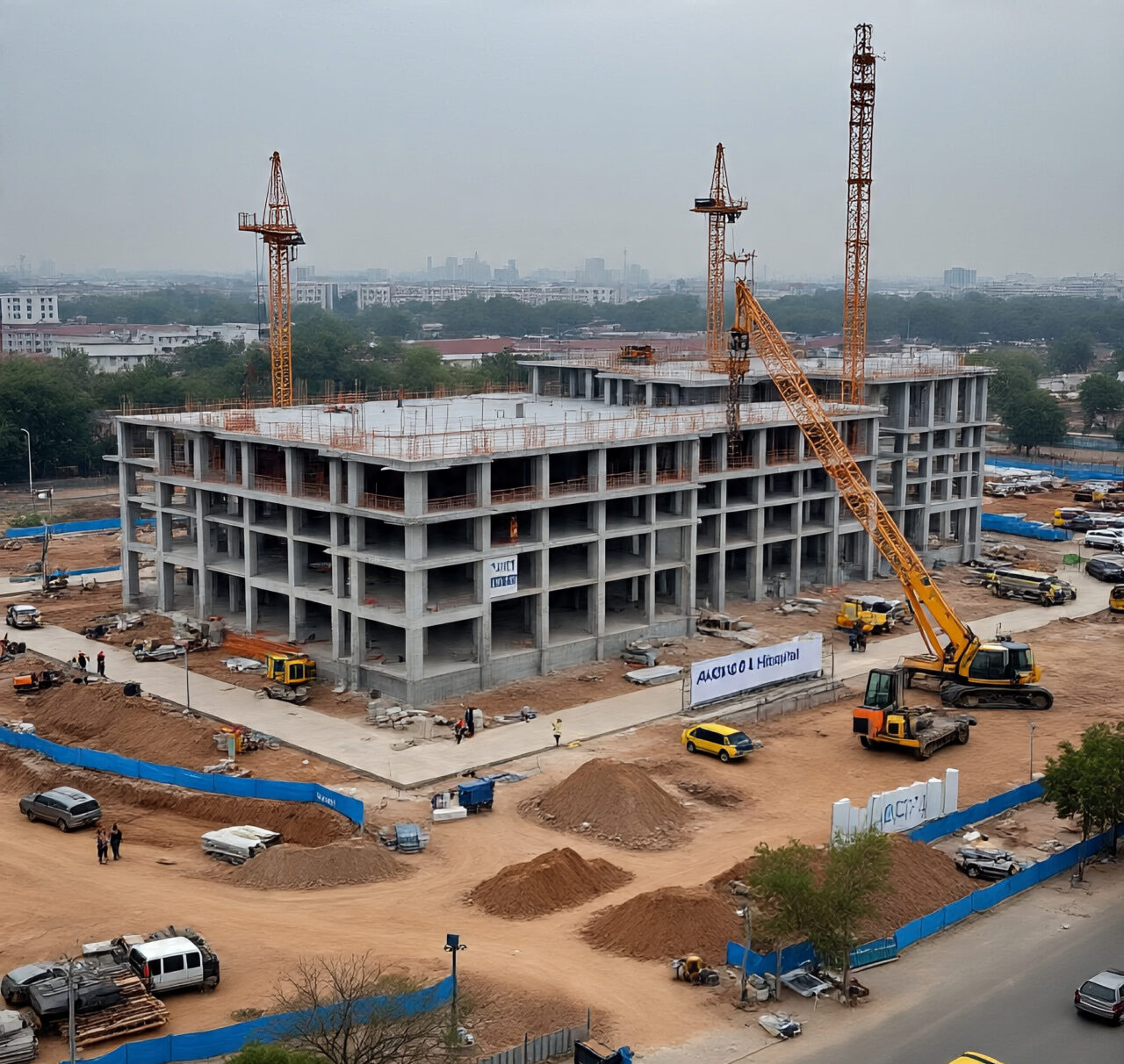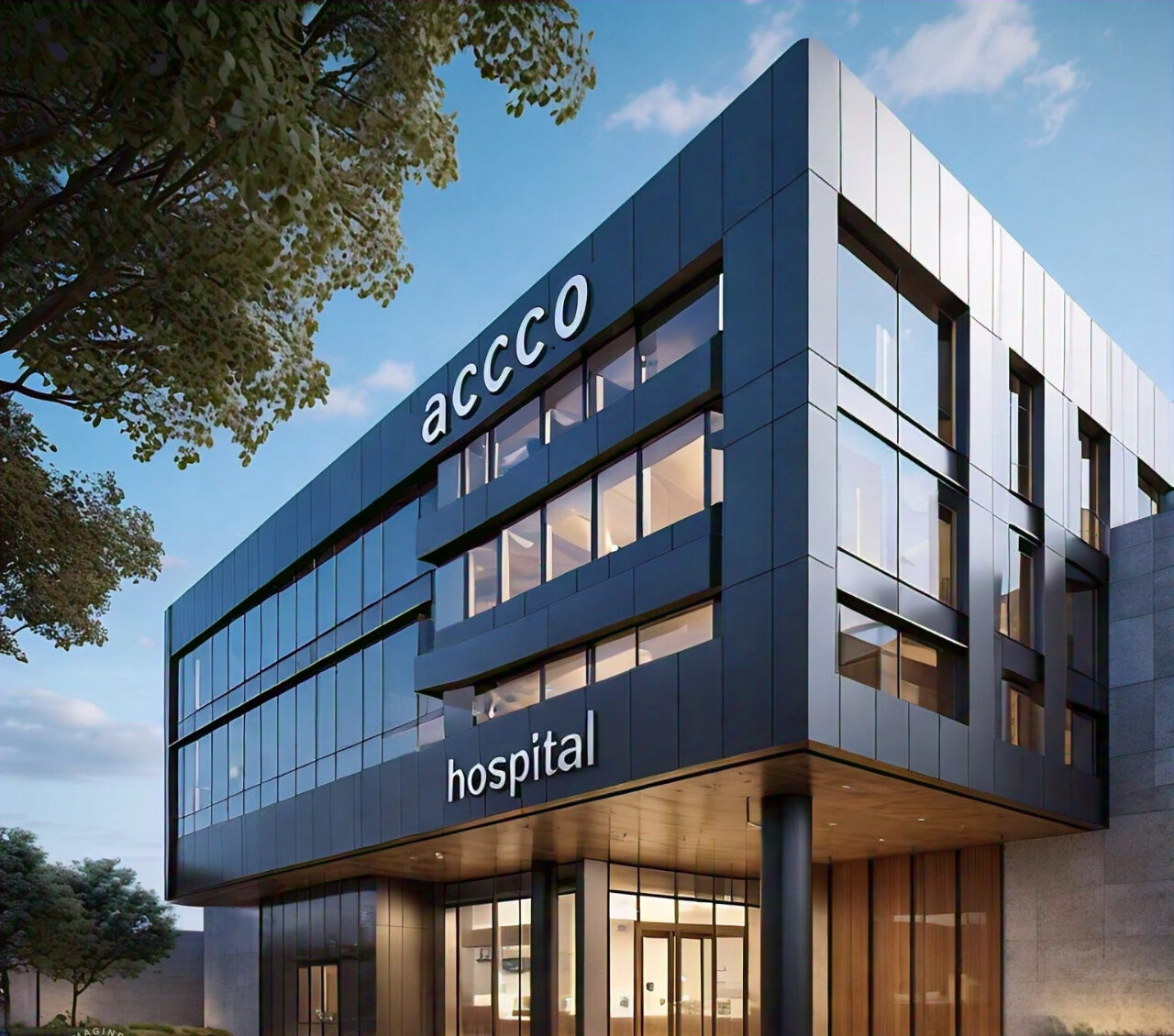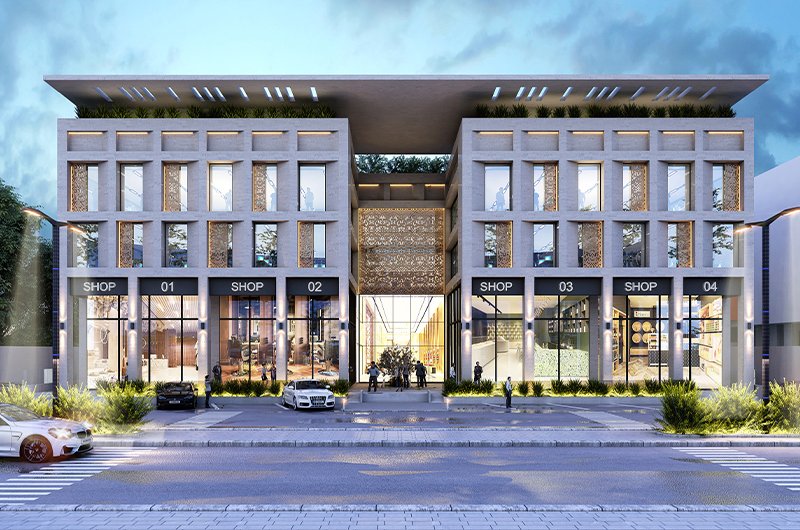
ACCO Green Building Practices in Lahore’s Commercial Construction
| Heading | Sub-topics |
|---|---|
| Introduction to Green Building Practices in Lahore | Importance of green building, ACCO’s role in promoting sustainability |
| ACCO’s Commitment to Sustainability | Company’s vision, Key sustainability initiatives, Certifications and recognitions |
| Sustainable Design Principles | Passive design strategies, Energy-efficient layouts, Water conservation techniques |
| Use of Eco-Friendly Materials | Recycled and sustainable materials, Low-VOC paints, Locally sourced materials |
| Energy Efficiency in Commercial Buildings | Solar panels, High-performance windows, Advanced insulation |
| Water Conservation Strategies | Rainwater harvesting, Low-flow fixtures, Greywater systems |
| Waste Management Practices | Construction waste reduction, Recycling programs, Sustainable disposal methods |
| Indoor Environmental Quality | Air quality management, Natural lighting, Green indoor plants |
| Green Roofing and Vertical Gardens | Benefits, Implementation, ACCO’s projects with green roofs and vertical gardens |
| Smart Building Technologies for Sustainability | IoT integration, Automated energy management, Smart lighting systems |
| ACCO’s Notable Green Projects | Case studies, Key features, Environmental impact |
| Community Engagement and Education | Awareness programs, Community projects, Collaborations with local organizations |
| Challenges and Solutions in Green Building | Common challenges, ACCO’s approach to overcoming them, Lessons learned |
| Financial Benefits of Green Buildings | Cost savings, Increased property value, ROI of sustainable practices |
| Future Trends in Green Commercial Construction | Emerging technologies, Predicted trends, ACCO’s future plans |
| Regulatory Environment and Compliance | Local and international standards, Compliance strategies, Benefits of adherence |
| Collaboration with Industry Experts | Partnerships, Joint ventures, Knowledge sharing initiatives |
| Health and Wellness Benefits | Improved occupant health, Productivity boosts, Employee satisfaction |
| Resilient Design Practices | Climate adaptation, Disaster resistance, Long-term sustainability |
| ACCO’s Vision for the Future of Green Building in Lahore | Long-term goals, Upcoming projects, Contribution to Lahore’s sustainability goals |
ACCO Green Building Practices in Lahore’s Commercial Construction
SEO Meta Description: Explore ACCO’s green building practices in Lahore’s commercial construction, focusing on sustainability, energy efficiency, and innovative design solutions.
Introduction to Green Building Practices in Lahore
As Lahore continues to grow and urbanize, the need for sustainable construction practices has become increasingly critical. Green building practices not only reduce the environmental impact of construction but also create healthier, more efficient, and cost-effective spaces. ACCO, a leading construction company in Lahore, is at the forefront of this green revolution, integrating sustainable principles into every aspect of their commercial projects. This article delves into ACCO’s green building practices, showcasing their commitment to sustainability and the innovative solutions they bring to Lahore’s commercial construction sector.
ACCO’s Commitment to Sustainability
ACCO has consistently demonstrated a strong commitment to sustainability, embedding eco-friendly practices into their construction projects. Their vision for a greener future is reflected in their extensive range of initiatives aimed at reducing the environmental footprint of their buildings.
Company’s Vision
ACCO envisions a future where all buildings are constructed with minimal environmental impact and maximum efficiency. Their mission is to lead the industry by example, demonstrating that sustainable construction is not only feasible but also beneficial for businesses and communities.
Key Sustainability Initiatives
ACCO has launched several key initiatives to promote sustainability in their projects. These include the use of green building materials, energy-efficient designs, and innovative waste management practices. They also prioritize the well-being of building occupants through improved indoor environmental quality.
Certifications and Recognitions
ACCO’s efforts in green building have been recognized through various certifications and awards. They have achieved LEED (Leadership in Energy and Environmental Design) certification for several projects, underscoring their commitment to high standards in sustainable construction.
Sustainable Design Principles
ACCO’s approach to sustainable design encompasses several core principles aimed at minimizing energy use, conserving water, and reducing waste. These principles are integrated into the planning and design stages of each project to ensure optimal sustainability.
Passive Design Strategies
Passive design strategies involve optimizing the building’s orientation, layout, and thermal mass to maximize natural light and ventilation. This reduces the need for artificial lighting and mechanical heating or cooling, leading to significant energy savings.
Energy-Efficient Layouts
Energy-efficient layouts are designed to minimize energy consumption by incorporating features such as high-performance windows, strategic shading, and reflective roofing materials. ACCO’s designs prioritize energy efficiency without compromising on aesthetics or functionality.
Water Conservation Techniques
Water conservation is a critical component of ACCO’s sustainable design practices. They implement techniques such as rainwater harvesting, low-flow fixtures, and greywater recycling systems to reduce water usage and promote sustainability.
Use of Eco-Friendly Materials
The choice of materials plays a crucial role in sustainable construction. ACCO prioritizes the use of eco-friendly materials that are recycled, sustainable, and locally sourced, reducing the environmental impact of their projects.
Recycled and Sustainable Materials
ACCO utilizes materials like recycled steel, reclaimed wood, and recycled concrete in their projects. These materials not only reduce waste but also lower the carbon footprint associated with manufacturing new materials.
Low-VOC Paints
Low-VOC (Volatile Organic Compounds) paints are used to improve indoor air quality and reduce harmful emissions. These paints contribute to healthier indoor environments, benefiting both occupants and the environment.
Locally Sourced Materials
Sourcing materials locally reduces transportation emissions and supports the local economy. ACCO emphasizes the use of locally available materials to enhance the sustainability of their projects.
Energy Efficiency in Commercial Buildings
Energy efficiency is a cornerstone of ACCO’s green building practices. By incorporating advanced technologies and design features, they create buildings that consume less energy and offer long-term cost savings.
Solar Panels
Solar panels are a common feature in ACCO’s commercial buildings, providing a renewable source of energy and significantly reducing reliance on grid electricity. This not only cuts energy costs but also lowers carbon emissions.
High-Performance Windows
High-performance windows with low-emissivity coatings and multiple glazing layers improve thermal insulation, reducing the need for heating and cooling. These windows also enhance natural lighting, further decreasing energy consumption.
Advanced Insulation
Advanced insulation materials and techniques are used to minimize heat loss and gain, maintaining comfortable indoor temperatures year-round. This results in reduced energy usage for climate control.
Water Conservation Strategies
Water conservation is a vital aspect of ACCO’s sustainable practices. Implementing efficient water management systems helps reduce water consumption and supports sustainable development.
Rainwater Harvesting
Rainwater harvesting systems collect and store rainwater for non-potable uses such as irrigation and toilet flushing. This reduces the demand on municipal water supplies and promotes water conservation.
Low-Flow Fixtures
Low-flow fixtures, including faucets, showerheads, and toilets, are installed to reduce water usage without compromising performance. These fixtures help save significant amounts of water over time.
Greywater Systems
Greywater systems treat and recycle water from sinks, showers, and laundry for reuse in irrigation and toilet flushing. This reduces the demand for fresh water and supports sustainable water management.
Waste Management Practices
Effective waste management is essential for minimizing the environmental impact of construction activities. ACCO employs several strategies to reduce, recycle, and responsibly dispose of construction waste.
Construction Waste Reduction
By carefully planning and managing construction processes, ACCO minimizes waste generation. Techniques such as precise material estimation and modular construction help reduce excess waste.
Recycling Programs
ACCO implements robust recycling programs on their construction sites, ensuring that materials like metal, wood, and concrete are recycled whenever possible. This reduces landfill waste and promotes resource conservation.
Sustainable Disposal Methods
For waste that cannot be recycled, ACCO uses sustainable disposal methods to minimize environmental impact. This includes proper sorting and disposal of hazardous materials and partnering with responsible waste management companies.
Indoor Environmental Quality
Creating a healthy indoor
